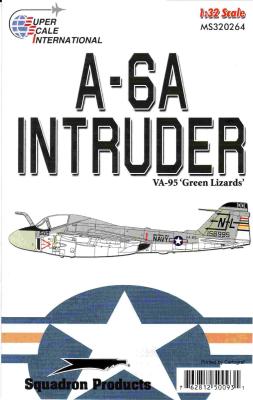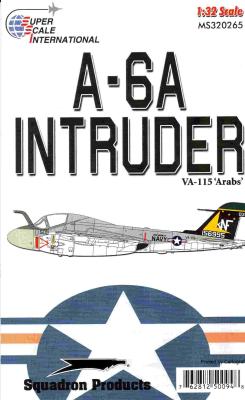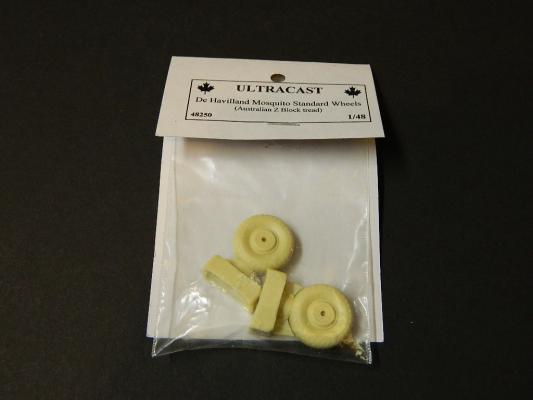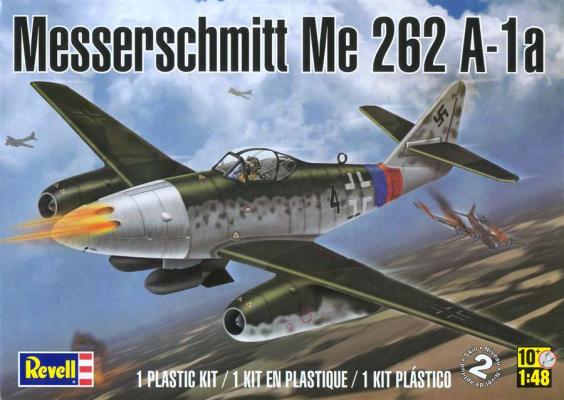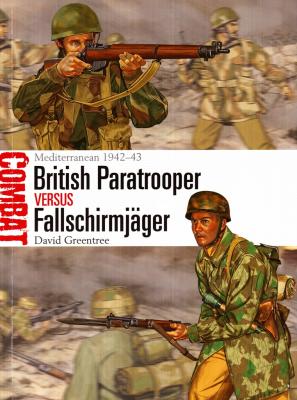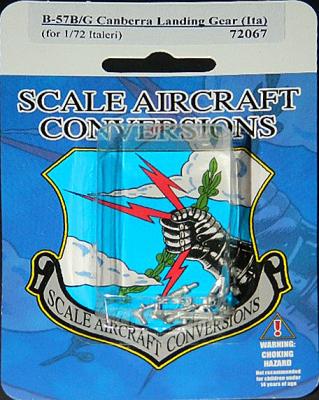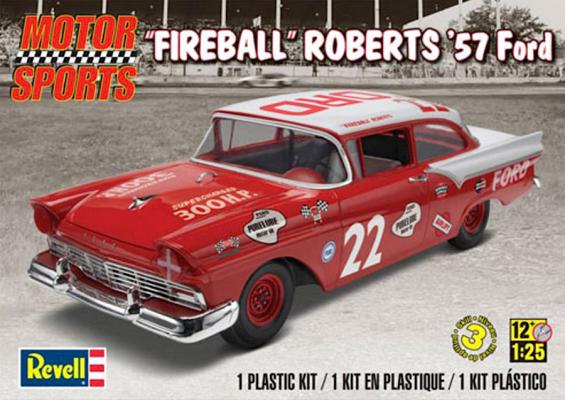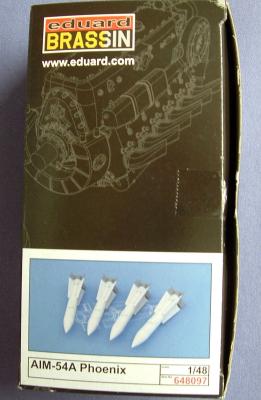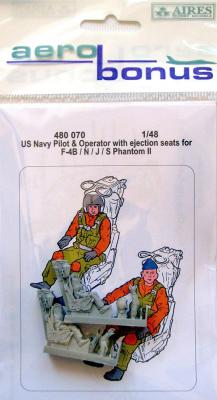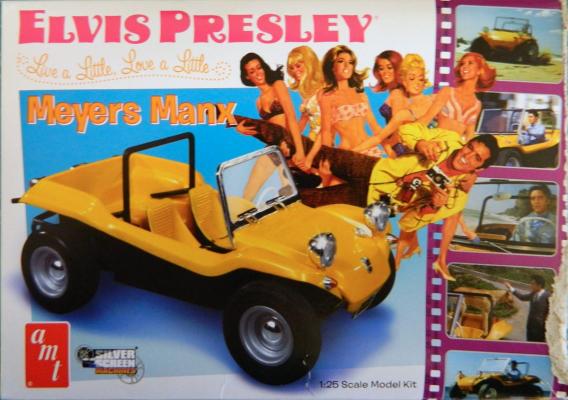Superscale continues its releases for Trumpeters 1/32nd scale A-6 with a marking set for the VA-95 Green Lizards. VA-95 has been active/inactive many times flying Skyhawks, Skyraiders and the Intruders. The decals here represent the Green Lizards during August 1974 aboard the USS Coral Sea. There are several great web sites dedicated to VA-95 and a quick Google search will find them with lots of photos.
What's New
Superscale continues its excellent decal releases with a set for Trumpeter's 1/32nd scale A-6 with this release of markings for the A-6A for the VA-115 Arabs. VA-115 transitioned to A-6's during the 1967-70 time frame and these marking represent the Arabs on board the USS Midway in 1973. Specifically, the markings are for build number 156995. The color scheme for the plane was gull gray over white with the tail in black and green cap, rudder in white and green tips and fins to the fuel tanks. The radome was tan also.
This set includes a single sheet with all the markings needed to represent this build. Stencils will come from the kit. national markings are included and the decals are well printed with great registration. The printing was done by Cartograf and is superb. Instructions are in full color and give paint colors in name and FS numbers which is great. A reference list is also provided showing appropriate books that can be used.
Ultracast is one of those companies that we AMS modelers can’t live without… Thanks up front for this excellent set, and to IPMS USA for sending it my way…Now to figure out which Mossie I’m gonna build…
These, like the previous set reviewed a few weeks ago, are simple replacement items for the Tamiya wheel and tire sets in their Mosquito kits. As previously done, I have assembled one of each, the Tamiya kit item on the left, and the Ultracast wheel/tire on the right.
Again, small details matter. There are no wheel spokes on this set, but the tire radial lines and it’s excellent “Offset Z” tread stands out. No seam filling; just carefully removing the tire from the pour stub is required. The tire “weight” is simulated in a subtle way, not overdone like others.
This kit brings back some memories! As model builders, we all remember certain events in our model building history that bring back memories (good or bad) that have influenced our personal model building pastime. This kit, under the Monogram Moniker, was my first attempt at finishing a kit other than OOTB. I used a heated straight pin (under my Dad’s watchful eye) and made bullet strafe marks through the plastic engine nacelle (the one that had the engine in it and the rear fuselage. Of course I now know that it wasn’t accurate but it was a step at making me a better and more interesting model builder.
Paratroopers have been regarded as elite group of soldiers since their inception. Generally the requirements and physical demands were higher and many of the missions that were assigned to them were high risk, thus the elite status. In this book the author takes a comparative look at the British Paratrooper vs. the German Fallschirmjager in the Mediterranean 1942-43.
The book starts off with a organizational look at the two units. The requirements for soldiers that wanted to join these units is explained along with the operational tactics used by each. There are three operations covered where these two units were engaged with each other. Two of the operations were in North Africa and one in Italy. There is an excellent narrative that describes each action along with period photographs and color maps that show the movements of the units during the operation. The book concludes with an analysis of the two units and the lessons learned by both.
Thanks again to Ross at SAC for providing IPMS USA this review set, one of what must be by now hundreds of sets he provides for the modelling community. I’m a prolific convert to them!
The Italeri B-57 series, released in the late 1980’s, was a serious jump forward for the modeling community. The only other kits at the time were modified from existing British Canberra kits with the “fish bowl” canopy. The introduction of the B-57 with it’s front and back canopy for the U.S. variants was most timely.
The only problem with the kit was the nose gear was a bit too far extended for ground operation, as the B-57 has a “nose down” attitude when at rest, loaded or not. In order to correct this, one had to cut part of the oleo out, and re-glue the gear together with epoxy or superglue. Some even resorted to installing a pin through the strut, which worked well.
A rather large box arrived from the Review Corp helper the other day, containing several car kits and one airplane. The boxes all were the same to me. These are cars and to be honest, other than helping a nice lady sell off her late son’s collection, I know nothing about cars. I am however learning a large amount of information from them. This kit had a lot more weight to it than all the others and I wanted to know why. Was it the two metal axles, additional parts, super detail stuff that added to the weight? I had to know!
We all know the story of Monogram and Revell becoming one entity. I thought that most of the Monogram line was re-kitted using the 85- as an identifier. However, I also thought Monogram kits were all 1/24 and only Revell kits in 1/25. This is an 85- numbered kit but in 1/25 so maybe my assumptions were wrong. Either way, this is a really nice kit.
For fans of US Naval Aviation and those fascinated with the Cold War, an incomparable weapon system and platform pairing was the F-14 Tomcat with the AWG-9 radar and the AIM-54 Phoenix missile. The AIM-54 was the long range fangs of the F-14 that gave the aircraft the capability to engage the Soviet Naval Aviation threat and its vast arsenal of anti-ship cruise missiles at very long range. It is ironic that the weapon system developed for the F-111B should end up in the Tomcat, the plane Grumman designed to supplant the faltering Navy F-111. There was and has been no equal to the missile. The Iranians used it to deadly effect in the Iran-Iraq war and it was so highly regarded, it was copied by the Soviet Union for pairing with the Mig-31.
Aerobonus, a new company (new to me, anyway) under the Aires umbrella, has come up with a novel approach for providing flight crew for modelers who want to add a little more life to their aircraft. In these new, very highly detailed sets, the ejection seats are molded with the pilots in them, eliminating the usually imperfect fit of trying to place pilots into empty seats.
Manx dune buggies have been around for several decades.
Engine
The kit engine is all chrome and fits together very well with very little flash. I decided to use a nCovair engine from my parts box for this build mostly because I had a set of big sand paddle tires that I was itching to use.
Chassis
The typical VW chassis is a wonder in simplification and the parts in the kit go together easily.
Interior
There’s not much to a dune buggy interior. The kit seats looked a trifle small to me, so I substituted a pair of bomber seats from my stock. This buggy was made to play in the sand so there is no carpeting or upholstery. I modified the kit rollbar and tied it into the front support bar from the kit. The dashboard was left out so the tachometer was mounted on the steering column. The kit offers a couple versions for the rear seat area – a bench seat or panels to cover up the seating area.

